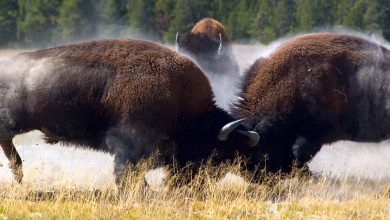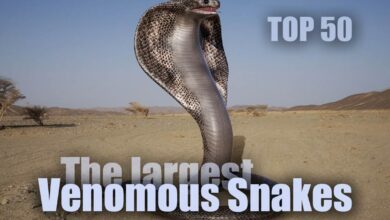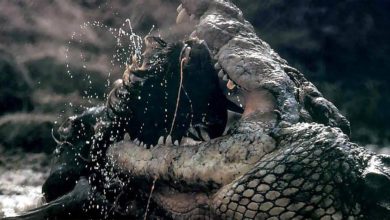Cannibalism in animals
Cannibalism is the practice of eating individuals of your own kind. While it sounds barbaric, it is a relatively common practice in nature. It occurs among many species of animals. While such practices among insects or arachnids do not seem so drastic to us, cases of cannibalism are also noted in the case of mammals.
Eating individuals of your own species may have various causes. This phenomenon is exacerbated in the event of hunger or a particularly dense population. In some cases, such behaviors are encoded in the genotype of the animals concerned, which in this way, for example, provides food for females to give birth to offspring, or allow the young to acquire substances needed to reach maturity. In other situations, it may be a manifestation of a struggle for dominance in the herd – the leader kills other males (often devouring them) in order to eliminate potential competition.
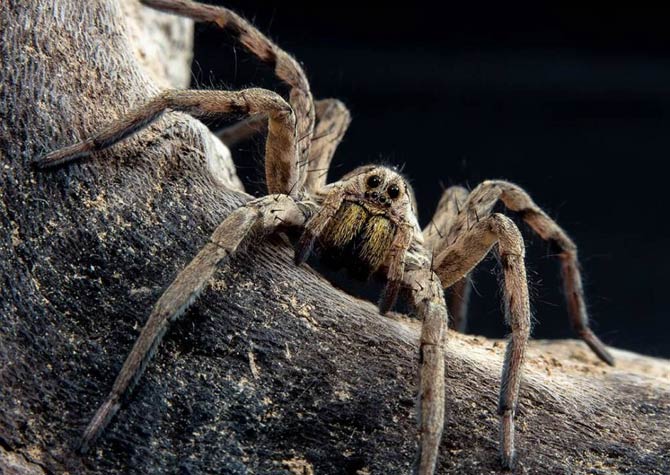
Animal cannibalism
Cannibalism in arachnids
As the first example of cannibalism among animals, let us mention the tarantula wolf spiders (Lycosa tarantula) / Italian tarantula. Although in this case, the underlying behavior seems to concern only the reproductive sphere, research shows that it may also have an impact on the well-being of the arachnid. First, however, let us turn to the biological aspect.
Female spiders, by eating their partner, are able to give birth to more numerous offspring, which have a much greater chance of survival (due to the nutrients in their body) than without the act of cannibalism. However, according to research that has been carried out for years by scientists from around the world (including the research conducted by the Estacion Experimental de Zonas Aridas institute), male spiders are often eaten by females, regardless of whether they have mated or not.
The case was explained by the sheer laziness of a female spider. Well, a male of the same species often looks for a female, and therefore allows her to get closer to him. So eating it is associated with much less energy expenditure and danger than finding other prey. Behaviors such as male eating among spiders are very common. The most famous case is perhaps the black widow spider, from which the infamous nickname in the human world was gained by female hunters of male possessions.
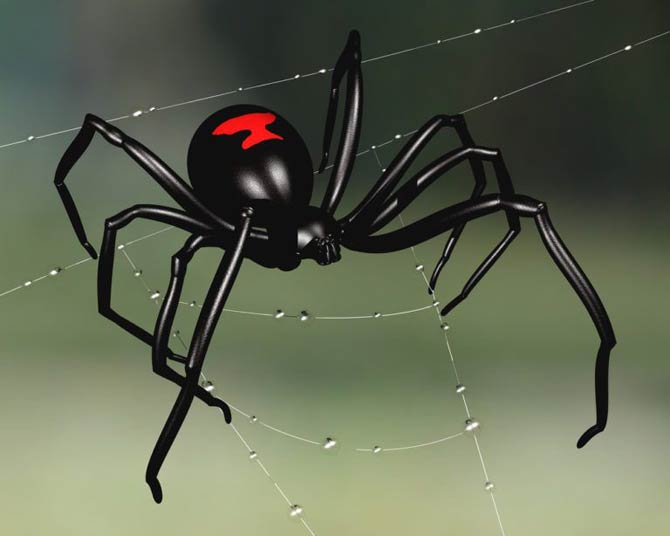
Cannibalism in birds
Another example of cannibalism are birds, which for years have been associated with the arrival of spring, and in folk beliefs, also with the appearance of offspring in families. It is about storks, of course. In this case, however, these animals are not characterized by the desire to give birth to more healthy offspring. On the contrary.
According to ornithologists dealing with storks, both black and white, these birds sometimes eat their own young. All because of the insufficient amount of food, which, however, in this case does not affect the adults, but the chicks. The food, which is brought to the nest by the parents, consists, among others, of insects, mice, earthworms, small fish or various species of frogs.
After bringing the prey, it is left in the center of the nest and the young catch and swallow it. Usually, each chick is able to find something for itself, even if it is weak or sick. However, the problem arises when adult individuals are unable to provide the right amount of food. Although none of the chicks will die, as each of them is able to get even a small amount of food, in practice all individuals will be weak and malnourished after reaching maturity and leaving the nest.
It is up to the parents to make a selection that nature has not made. If the chicks are larger, they are thrown out of the nest. However, in the case of the very beginnings of their existence after hatching, the parents simply eat them, thanks to which they themselves receive a ration of food. So we can talk about cannibalism forced by nature. Some individuals are sacrificed to give others a chance to survive.
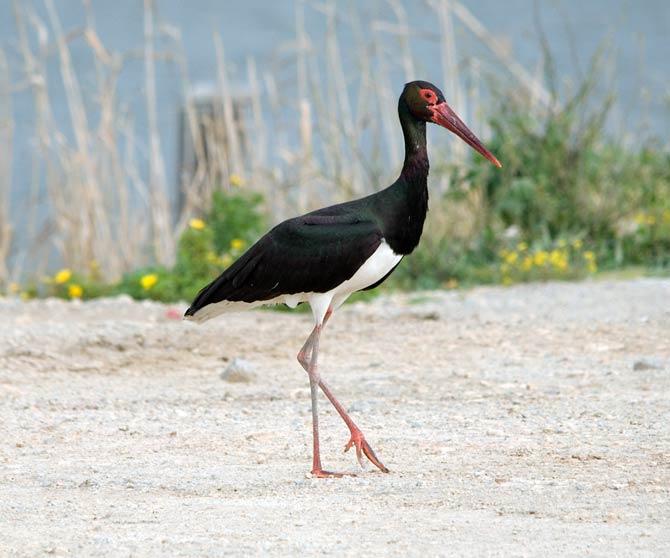
Cannibalism in mammals
An act of cannibalism was also observed in 2007 in Uganda, where chimpanzees were studied. In this case, the youngest individuals – children – were also the victims. However, as the research has shown, it was not about pathological behavior, but about competition for resources or the difficult situation of the herd, related to the lack of food. The case described in the literature took place in the Budongo forest, where a group of female chimpanzees killed several young.
While there was no act of cannibalism in this case, and it was only a matter of securing the male favors, other studies show that things could have turned out quite differently. Well, in 2014, a female chimpanzee was observed to give birth in the company of about 20 other individuals. It was an unusual situation from the scientists’ point of view, because when the female feels that the moment of giving birth is approaching, she usually moves away from the herd to return after a few weeks with a slightly reared offspring.
Incident observed in Tanzania. When the female giving birth to the herd has already given birth to the offspring, it was immediately kidnapped by the dominant male who went away with the prey. When he was found by scientists, he was on one of the trees and had already started to consume the young. He ate it all. On the basis of the observed event, scientists developed a theory that the disappearance of females before delivery is an attempt to ensure the safety of the offspring, therefore such situations must have happened before.
Cannibalism in nature is common, regardless of the motives of a given species or even a given subgroup of the species. Evolution has programmed many behaviors among animals that can differ from one another, even within the same species, found in different parts of the globe.
The animals are programmed to survive. If the price of their lives in the event of hunger or threat is the lives of other members of the same species, the choice seems obvious. Other cases of cannibalism (including among representatives of homo sapiens) will be presented in the following articles.

Recommended
- Cannibalism in dogs and cats
- Cannibalism in domestic pigs
- Ants – unusual insects
- Locust anti-collision system
- Fastest animals – Top 100
- Fastest animals – on land, in water and in the air
- Fastest mammals
- Fastest birds
- Most venomous snakes – Top 10
- Largest eagles – Top 10
- Largest birds of prey
- Smartest dogs – Top 10
- Animals records
- Largest crocodiles
- Longest whales
- Heaviest whales
- Longest snakes
- Most venomous snakes
- Largest sharks
- Top-flying birds











